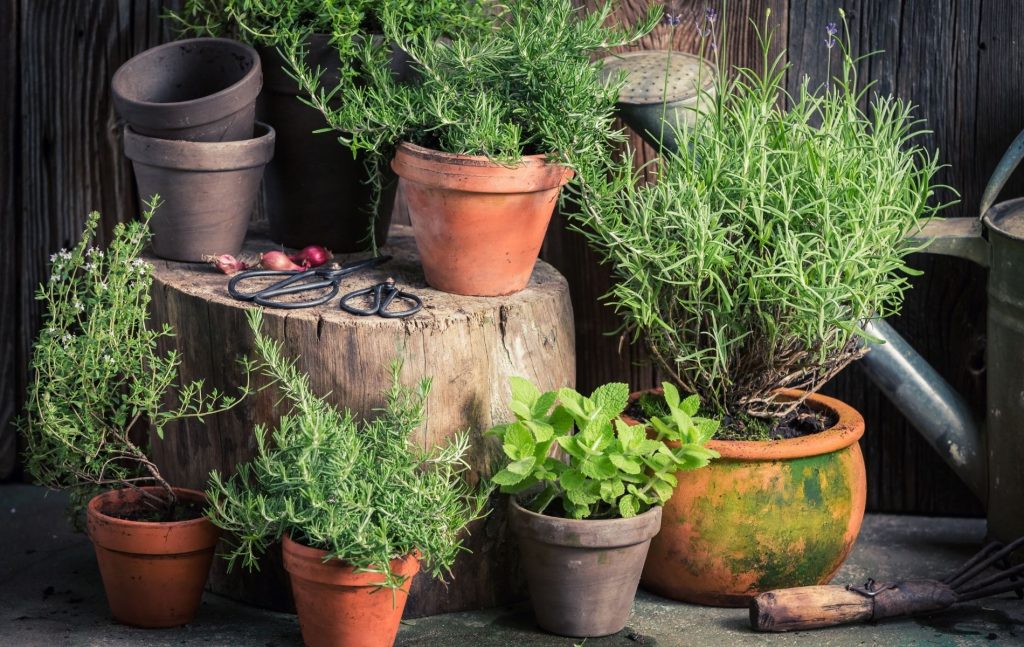Creeping Thyme Plant Care- Seeds in 5 Easy Steps The thyme, also referred to as the “Mother of Thyme”, is usually considered one of the simplest low ground garden covers or lawn substitutes. a flexible plant, the wild thyme are often planted during a number of the way included but not limited to, providing color to your garden or reducing the value of lawn maintenance. The wild thyme is just one among those plants which are easy to grow and is understood to survive quite well with little or no care. Most persons have often used the creeping thyme as a suitable lawn replacement in the parking strip in front of their homes. Undoubtedly, the creeping thyme magic carpet or Thymus Serpillum is a great substitute, as it does not require mowing or any significant amount of watering, yet at the same time, it offers a pleasing appearance and can even withstand being trampled on. Having said that, there are very few ground covers that can be walked on, and the creeping thyme is one of them. This makes the creeping thyme an ideal ground cover plant to be used in-between stepping stones, at the base of a heaped arrangement of rocky stones in the garden, or close to the adjoining walkway of the patio. The creeping thyme, due to its tendency for maintaining a low growth, is often used effectively in the foreground of just about any type of planting of the landscape. It is especially used in garden areas which are designed with plants cascading over a rockery area as well used as a type of garden fill in-between evergreen plants. The creeping thyme grows to a height of between two to four inches high and is known to spread for as much as up to two or more feet in width. The leaves of the creeping thyme, although quite small, are very dense, and will adequately cover any low growing plants. Foliage color varies in different shades of light and can be seen occasionally appearing from dark green to an appealing grayish color as in the woolly thyme. The foliage color of other types of the creeping thyme often varies with the plant’s flower color, with lighter flowering strains having lighter foliage. Flower colors will also vary sometimes appearing in shades of white, red, lavender or rose and will generally bloom during the late spring and early summer. The creeping thyme flowers so abundantly that you can hardly see the evergreen leaves below and given its ease of maintenance does not tend to take-over the lawn space due to its tendency to naturally confine its growth to a specific area. The creeping thyme will grow whether it is placed in bright sunlight or in the full shade. However, it should be noted that they usually do not flower as abundantly when kept in the full shade, and sometimes tend to grow thinly and dispersed. Most strains can be easily found at several nurseries and garden outlets where they are frequently sold in trays, flower pots or as bulk creeping garden seeds. Let us now look at 5 easy steps to plant and harvest these creeping thyme seeds. Sowing Creeping Thyme Seeds Creeping thyme seeds are best sown indoors during the spring or autumn months at around 13°C or can be sown directly into your garden between the months of May through to August. Sowing Your Creeping Thyme Seeds Indoors You can sow your wild thyme seeds on the surface of a lightly firmed and moist seed compost in either pots or trays. However, don’t cover them as so as to germinate they’re going to need some amount of sunlight. Cover the container with a piece of glass or clear plastic and allow the plant to be exposed to some diffused light. As soon as the plants become large enough for you to hold, transplant the seedlings into some 3-inch pots and allow them to grow. For the next 10 to 15 days before planting in the outside garden, steadily acclimatize to outdoor conditions to reduce the risk of frost.
And do note, when transplanting, it is often recommended that you pinch out the tip of each stem to allow the plant to grow in an outward manner and always plant between 8 to 12 inches apart. Sowing Your Creeping Thyme Directly Into Your Garden Prepare your creeping garden ground cover by lavishly mixing an outsized amount of organic humus into the soil. Processed manure, compost also as peat and moss are generally considered as perfect additives for the soil and will be mixed with about half your current soil mixture. you’ll only get to prepare the soil to about 6 to 10 inch deep. Remove any existing stones and weeds and level out until you’ve got a fine tilth. Distributing Your Creepy Thyme Seeds across the Soil. To allow for a more evenly distribution magic carpet, you ought to mix your wild thyme seeds with some sand. Lightly apply some pressure on the seeds into the soil, but try not to cover the seeds. Apply an adequate amount of water, continuously watering it, especially when the climate is hot. Once seedlings have matured outwards to about 12 inches apart, replant the thinning areas. Fertilizing Your Creeping Thyme Just about any type of liquid plant food including fish fertilizer can be used to fertilize your creeping thyme. During the months of late spring and early summer is recognized as the best time to fertilize your creeping thyme. Propagation Regardless of the fact that dividing the plant is often regarded as the best form of propagation, new creeping thyme plants can also be grown from seeds. However, to date, there are not a lot of garden stores known for carrying creeping garden seeds. Nonetheless, creeping thyme seeds can be purchased from a number of Canadian garden stores such as Veseys and McKenzie Seeds if needed. Notably, there are several species of creeping thyme. The most common type of creeping thyme is the popularly known thymus Vulgaris, which is often used as a creeping thyme ground cover. However, since this species is known to grow somewhat taller than the other varieties, it is not suitable to be sown as








